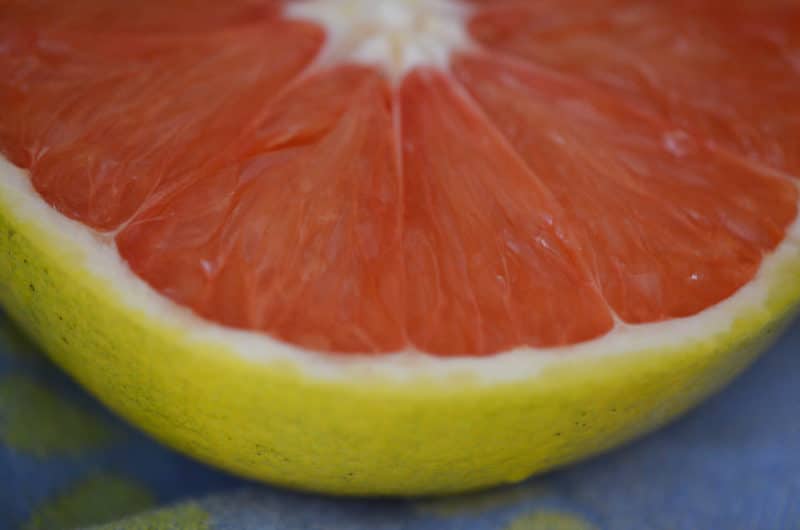Ingredient: Oranges
Nov 29, 2011, Updated Mar 13, 2012
This post may contain affiliate links. Please read our disclosure policy.

Little did I know how little I know about oranges. Or so I was told when I visited an orange grove recently, located on the aptly named Orange Blossom Drive here in Southwest Florida where I’m visiting family. These are not the orange blossoms used to make our beloved orange blossom water, by the way—that elixir is made with bitter orange blossoms rather than the flowers of the types of oranges we eat, like navel or Valencia.
To say I was disappointed by the bins of oranges at the local citrus grove is an understatement. The oranges were not orange, but green and yellow. My plan to share with you a sweet made with bright orange peels was called into question. I started taking photos anyway, and caught the evil eye of one of the cashiers. We sorted it out and they decided it would be ok if I shot a few for all of you.

So I asked if she would show me to the orange oranges. I thought maybe they were out back somewhere, or worse, that the season wasn’t in full swing. “You didn’t expect to walk in here and find orange oranges, did you?” asked the cashier.
I guess I did, I said sheepishly. The oranges I had in northern California from the farmer’s market were orange, I told her. In fact, every orange I’ve ever eaten has been…orange. She explained how they don’t spray the oranges, how the fruit doesn’t come off the tree orange, not in Florida it doesn’t, and that nature’s way is far different than the forced color you see up north. And what about those tomatoes you eat in winter up there? she asked. They’re terrible, I said. Those are all sprayed, and you are eating green tomatoes that are not really red or ripe, she said.

Okey dokey. I’m here on this earth to learn, and learn I did. Even though Florida oranges are actually greenish or yellow, and they look more like grapefruit inside and out, their flesh still has that sweet orange flavor. My brother who lives down here pronounced from the get-go, when I started talking oranges on my arrival, that he prefers California oranges. He finds their flesh juicier, and his take on this sort of thing is usually dead-on.
Happily, we are making candied orange peel this week, so the flesh of the orange is not our concern. For this project, I bought some local oranges at the grocery store here that were more orange in color yet organic to boot. Even though I didn’t make candied orange peel before I went to culinary school, orange peels preserved with sugar fit squarely in the Lebanese tradition of preserving fruits and vegetables, called mouneh.
You won’t need much to give this one a whirl—a couple of oranges, some sugar, a little corn syrup. Some semi-sweet chocolate if you want to go the distance. Candied orange peel is delicious made from navel or Valencia oranges, as well as the thin, vibrant peel of clementines that are everywhere now in their sweet little wooden boxes.












Very interesting. Great post. FYI, great profile picture. You look amazing.
Would love a post on Orange Blossom water. Is there any way of making it at home?
Thank you Karine…read about Orange Blossom Water from a post I did here this past summer: https://maureenabood.com/2011/08/02/ingredient-orange-blossom-water-or-mazaher/. It can be made at home but the question of finding the blossoms is a tough one.
Maureen, once again, a most lovely piece and pictures as well! Happy Holidays to you!
Diane Nassir
Thank you Diane, happy holidays to you!!
Interesting!
Thanks for the orange (green/yellow) lesson from this west coast girl. XO Toni
You get the best oranges out there, Antonia! Delicious.